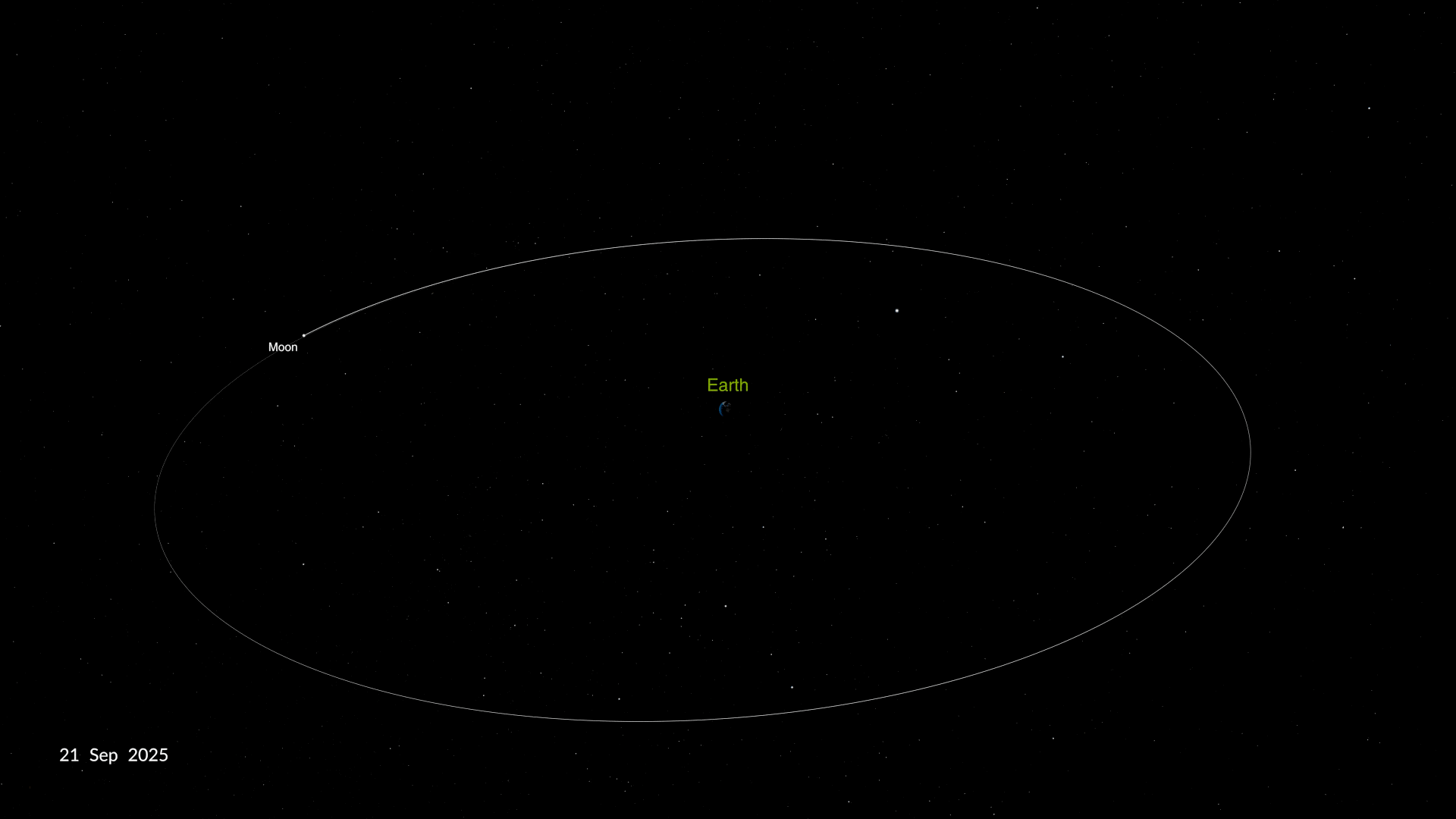NASA’s OSIRIS-APEX Spacecraft to Slingshot Past Earth
At 12:56 p.m. EDT on Tuesday, Sept. 23, NASA’s OSIRIS-APEX (Origins, Spectral Interpretation, Resource Identification, and Security – Apophis Explorer) spacecraft will fly within about 2,100 miles (3,400 kilometers) of Earth. Passing about 100 times closer to Earth than the Moon’s orbit, the spacecraft will perform a gravity assist maneuver to alter the spacecraft’s direction and speed. In comparison, satellites in low Earth orbit are typically at altitudes up to about 1,200 miles (2,000 kilometers) above the surface.
During OSIRIS-APEX’s encounter with Earth, the spacecraft will use the planet’s gravity to change trajectory and then slingshot back out into space. The Earth gravity assist will change the spacecraft’s velocity in its orbit around the Sun by 15,660 miles per hour (7 kilometers per second) and alter its orbital plane by about 1.5 degrees.
Throughout the approach and gravity assist, OSIRIS-APEX will turn its cameras back toward Earth and the Moon to capture images and collect data that will be used to calibrate the instruments.




























